Use this promotional event branding guide to find out everything you need to know about branding an event — from the planning to the execution and everything in between.
Planning Your Promotional Event Branding
Planning and producing an event requires a lot of time, energy and money. It is important that your event branding is the foundation of your event planning so that attendees will be in no doubt as to who is speaking to them. When your event branding is cohesive and coherent, your event will be memorable for the guests and successful for the hosts. That’s what makes for a great event. Whether it is a large festival taking place over many acres and days or an intimate event over a meal, your promotional branding should be your primary focus upon which everything else is built.
In 2020, when many events moved online, their look and feel changed significantly. Fortunately, things have opened up again and promotional event calendars are now being filled. But whether you are planning an online or in-person event, you have to acknowledge the importance of your branding to the success of your participation in any event.
Event branding comprises many elements. Your brand’s logo is likely to be the hero and the centerpiece around which the rest of your branding takes place. Following your logo should be your website, app, additional marketing materials, staging, décor, speakers, sponsors, and the much-loved goodie (or swag) bag. Remember that the event will likely have its own unique brand which works alongside the organization’s brand.
Give a lot of thought to your onsite branding materials and booth. Promotional items such as banners, tents, table covers, back drops, staging, tote bags and giveaways are all key to making a positive impression at your event. Your digital branding – including your website, apps, imagery, and marketing should also support and promote your in-person event strategy and be part and parcel of whole event branding package.
What Is Event Branding and Why Is it Important?
The branding of your event is an important way to communicate the essence of your event to your target audience. The event branding is really the all-important first impression that should give a clear indication as to what kind of encounter your guests can expect at your event. It creates a specific look, feel, and style. The event branding for a formal dinner event is much different that that at a sporting event or outdoor festival. According to businessman extraordinaire Jeff Bezos, your brand is “what people say about you when you’re not in the room.” When you transfer that concept to live and online events, that is the essence of event branding.
There is no better way to build a relationship with your target audience than using promotional events. This is why no detail should be overlooked and your marketers should find ways to convey the ethos of your brand at every available opportunity. Your event branding should also does not just apply to the day of the event. In the lead-up to the event as well as any feedback and follow-up, that branding should have the same look and feel in order to create a sense of continuity to serve as a reminder of the event itself in your prospect’s mind.
If you consider the timeframe of the event from planning right through to follow-up, your event really spans months, so it is important that the event branding is not arbitrary but well considered and strong enough to carry your corporation’s brand through the entire event process.
Getting your event branding out in your pre-event content will create awareness and build anticipation, not just about your event, but about your brand as a whole. Get that event branding out in every email, social media post, and on your website to show your audience that the company is focused on producing a quality event – no matter how many events you are doing every year. When this image is created in your prospect’s mind ahead of time, they should have no problem recognizing your booth on the day of the event. It should feel familiar to them as soon as they see it. This is sure to create a memorable experience for the attendee.
Essentially, consistent event branding presents a golden opportunity to enhance awareness by making events recognizable (and possibly discoverable) to more people, hopefully garnering you new customers through the process. The event brand is about the promise of a shared experience.
The Core Elements of Creating a Memorable Brand
The brand is about the promise of a shared experience. As such, it needs to be authentic. It must convey trust and reliability. It’s best if you can provide an element of fun to get your prospects excited and involved. Of course, there are brands that want to be more serious, but there is generally a need for an event to be fun.
Putting together a successful event branding exercise means committing to the process. You have to be certain that this branding will be good enough to carry the event and beyond. You don’t want all your work to end on the day of the event. You want people to remember your brand long after the event.
There are many different individual elements are involved in creating a successful promotional event. Each element must work cohesively together to create an enjoyable and productive experience for your potential customers. Let’s look at the core elements that should exist in your event branding strategy.
#1. Your Event Logo
Your event LOGO should be discernible from your corporate logo but it is crucial that there are some similar aspects, such as shape, colors or fonts so that your corporate brand is not pushed aside.
#2. Your Event Design
To maintain consistency across all of your design elements on the various platforms and media, your event DESIGN should have a comprehensive branding guide for your event.
#3. Your Event Theme
Your event THEME should be able to be conveyed in a succinct tagline or subtitle to the event title, allowing attendees to know in a second what the purpose or aims of your event are.
#4. Your Event Messaging
The MESSAGING (including the naming) of your event must be an element of your event branding strategy. Define the tone you wish to set and make sure that every element of the plan reinforces that tone. You never want to have an tone that doesn’t match the main topic or theme of the event. An extreme example, of incohesive messaging would be having a humorous advertisement for a symposium on suicide prevention.
Types of Events Where Strong Branding Sets You Apart
Producing great brand experiences across different platforms and in-person is really essential to gain the attention of younger audiences. Younger audiences are always on the lookout for memorable experiences that also supply some benefits for attendees, ultimately resulting in strong, meaningful engagement with your brand. These efforts will simultaneously support marketing, build industry trust and awareness, and bring in new audiences while improving brand recognition.
If you are looking for ideas for a branded event to add to your marketing calendar, why not consider hosting a guest speaker session? This is a great way to add value without a massive budget. Invite a respected expert in your field to discuss something topical or talk about their ascent to success.
Hosting a workshop or masterclass allows for a more “hands-on” approach. Your guests can actively participate and walk away with some new knowledge or insights.
A pop-up experience could offer potential customers a sample of what you do. Allow guests to try your product or service right there and then.
Whatever you choose, make it personal and engaging.
How to Build Brand Awareness for Promotional Events
Event branding has to be supported by a multifaceted marketing plan that will prioritize promotion of the event across as many channels as possible.
It’s been said that people don’t just buy products, they buy the experience. This is the fundamental reason branded events exist. Once your brand and target audience have been defined, choose the venue and theme that align with your brand. Use your brand’s existing identity and website to promote the event. You may create an additional website specifically for the event as well, but don’t miss the chance of directing visitors to your existing site to the event.
While we are on the topic of digital space, remember to include brand building for your event on emails that are sent in the timeframe of the event (before, during and after) and social media posts – even if they are not about the event. Create a few hashtags and maybe even an event app to help drive online engagement.
Setting Up an Event Booth that People Will Stop At
A booth at a trade show is a great opportunity to showcase your business, capture new customers, and possibly even generate revenue. However, when you are competing for the audience’s attention at a trade show, everything depends on a well-designed booth and a well-trained, enthusiastic staff manning it.
Once the company has invested a substantial amount of money for the space at the show, it would be a shame to throw it away by having a boring-looking stand and bored-looking staff. This is a wasted opportunity, in time, energy, and potential business.
Trade shows exist because there is something about meeting people in-person that encourages people to try something new. They offer a chance for people with similar interests to meet and share ideas. Because they are often so niched, attendees and exhibitors share a connection. The potential for new business and solid leads is as large as the opportunity to enhance brand awareness.
In other words, if you are going to do a trade show, do it properly.
Your primary goal is to catch the eyes of passers-by. Do this by applying basic marketing principles like using pops of bright color, varied heights and textures of elements, branded backdrops and many more exciting visual elements.
Make sure that your logo is prominently displayed and that staff are not masking it. Ensure that it is visible from far off too.
Use images rather than words as much as possible. Our brains are wired to process images faster than they do words. Think of your booth as a billboard so limit the use of text to only what is essential for conveying your message. Experts recommend between eight and 12 words only and the rest of the information should be conveyed in take-away literature and by your trained booth staff.
How Corporate Swag Can Help Your Business
Acquiring a new customer is far harder and six times costlier than retaining an existing one. This begs the question: why do many marketers spend so little time and money on customer retention?
Keeping your existing customers loyal to your business really pays. If your business has been in business for several years, you have probably learned precisely what your customers’ needs are and thus you are perfectly poised to fulfil them. Branded merchandise is a great tool to thank your customers for their ongoing business while at the same time exposing your brand to more and more people with potentially similar interests. And with the huge variety of products available to personalize and brand, your options are virtually limitless. You will always be able to find a gift that ties in with your brand, event, campaign and values.
Merch or swag is also an effective means of enhancing the customer experience with something tangible. Some of the best gifts are those that appeal to one or more of the senses. Think of tech items like speakers or lights which give your customer an audio/visual experience.
Today, environmentally-sensitive products score big points with customers. If a product boasts sustainable ingredients or components along with a low carbon footprint, the customers associate that goodwill with your brand. This is a win-win.
Onboarding kits are a hot ticket these days. Include a selection of your branded merchandise to make sure that new customer or employee really feels welcome and valued. And don’t underestimate the power of a hand-written note to accompany the gift. Personalized promotional products – when used thoughtfully – really do create solid connections between your brand and the recipient.
Event branding is so much more than a logo and a color palette. To create a recognizable brand for an event, you’ll need to put in the work. Create an event personality that stands alone while still sharing some of the traits of your corporate brand. There is so much a marketer can do to make those opportunities work for your company.
Contact Red Iron Brand for the Best Promotional Event Materials
Red Iron Brand is your go-to expert on branded and blank event display marketing products. With over 30 years of experience, quick shipment options and an exclusive product line, we’re innovative and at the forefront of new products and growth. With our exclusive product offerings, industry knowledge, and unique techniques, we are leaders in the early advancement of new and original event displays. For more information on event branding, contact us now at 800-325-3824 or email us at sales@redironbrand.com.

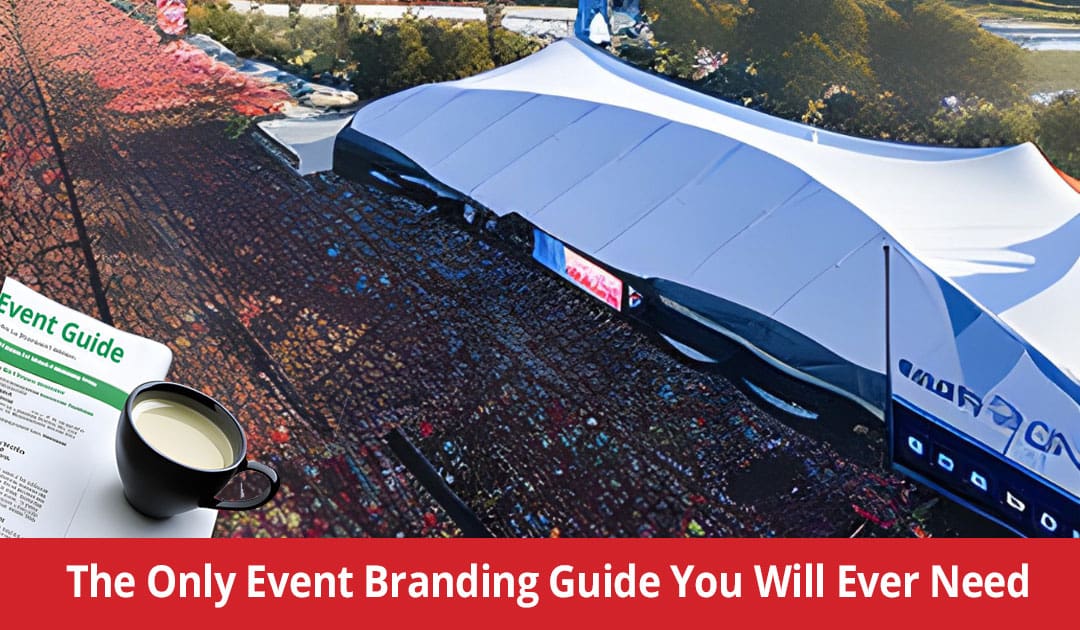
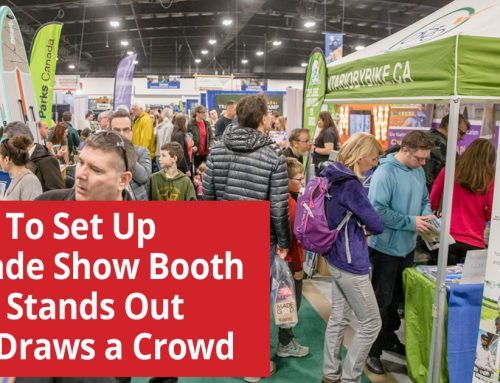
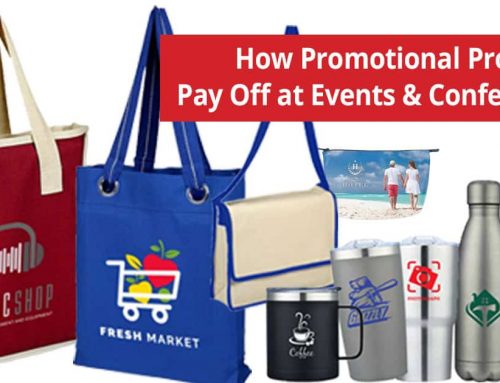
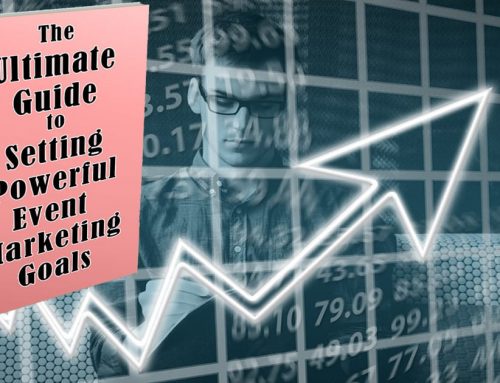
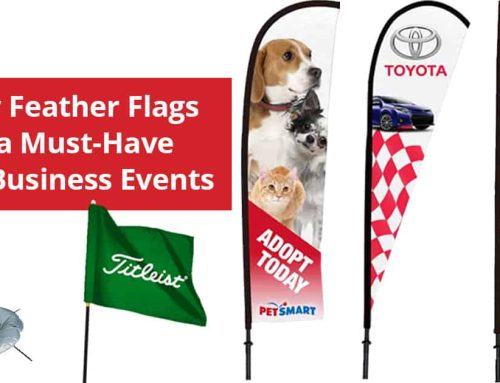
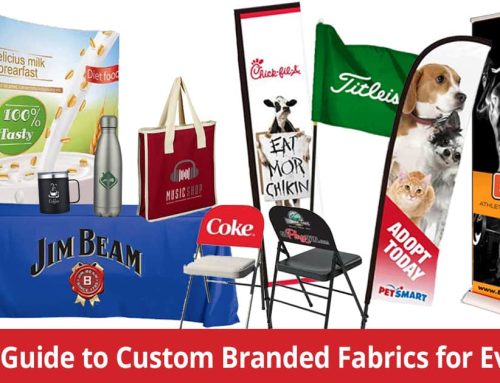
Leave A Comment